Best neighborhoods in Munich, Germany
The third-largest city in all of Germany and the capital of Bavaria, Munich has long been a popular place to visit and considered one of the best places to live in Germany. As is the case with lots of large modern cities across the globe, finding your way around and seeking out the best neighborhoods in Munich can be a bit of a task. Luckily, major cities like Munich come with plenty of options. So, whether you’re seeking out a large expat community, family-friendly districts, or are hoping to settle into student life in the city, there’s bound to be a perfect neighborhood for you.
From the Old Town to the most modern suburbs, and everything between, we’ve put together this simple guide that will leave you with no problems finding the perfect Munich neighborhood in which to live. Before long, you will be enjoying the delights of the Bavarian capital and all that goes with it!
10 Munich neighborhoods at a glance
Altstadt
Maxvorstadt
Neuhausen
Westend
Giesing
Schwabing
Glockenbachviertel
Haidhausen
Bogenhausen
Ludwigsvorstadt & Isarvorstadt
Berg-am-Laim
Garching
1. Altstadt
Best for: Living in the heart of the city, surrounded by famous landmarks and top shopping destinations.
Altstadt directly translates into English as Old Town, and this is exactly what this neighborhood is. Covering the historical center of the city, Altstadt is a mix of cobbled medieval streets and pedestrian zones, making it one of the most popular places to visit and live in the city.
The neighborhood is home to many of the landmarks that make this city famous, such as the Neues Rathaus, Feldherrnhalle memorial, and Hofbräuhaus brewery. This all makes Altstadt one of the best neighborhoods to live in in Munich if you wish to be in the very heart of the city.
Alongside its historical center, the Altstadt neighborhood has a booming shopping culture. One of the city’s oldest streets, Kaufingerstrasse, has a wide range of department stores and boutique shops, perfect for all your needs.
Living in Altstadt allows you to live within the nucleus of the city, with all the bustling energy that this brings. Depending on your own tastes and opinions, you may feel the constant crowds of tourists and city-breakers a lot when living in Altstadt, though the liveliness of the neighborhood may make up for this.

2. Maxvorstadt
Best for: The best of Munich’s cultural side and student life, which include galleries, museums, and university buildings.
Maxvorstadt is seen as Munich’s cultural heartland, home to many of the city’s museums, art galleries, and other culturally rich institutions. This ties in perfectly with Maxvorstadt’s huge university and student population, making Maxvorstadt the center of learning and a sociable place in which to live. A central neighborhood, standing between the city center and the suburbs of Schwabing. Maxvorstadt is an ideal place to settle if you wish to be close to the city center but still wish to have some form of quiet suburban way of living.
Surrounded by some of the top cultural spots in the Bavarian capital also means you will have places such as the Haus Der Kunst, Die Neue Sammlung, and the stunning university building of Ludwig-Maximilians Universität right on your doorstep. This bustling artistic and cultural district has also given birth to a booming cafe and restaurant scene, bolstered by the large student population in Maxvorstadt. This makes this one of the best neighborhoods in Munich if you are here to study.
The large Ludwigstrasse road is one of the most notable routes in the neighborhood and plays host to a number of parades and events. During the first Sunday of the Oktoberfest, around 9,000 traditional costume and riflemen club members make their way along Ludwigstrasse. Over two weekends in May and September, the Ludwigstrasse is closed to traffic to make way for the Streetlife Festival, another event that brings the Maxvorstadt neighborhood to life.
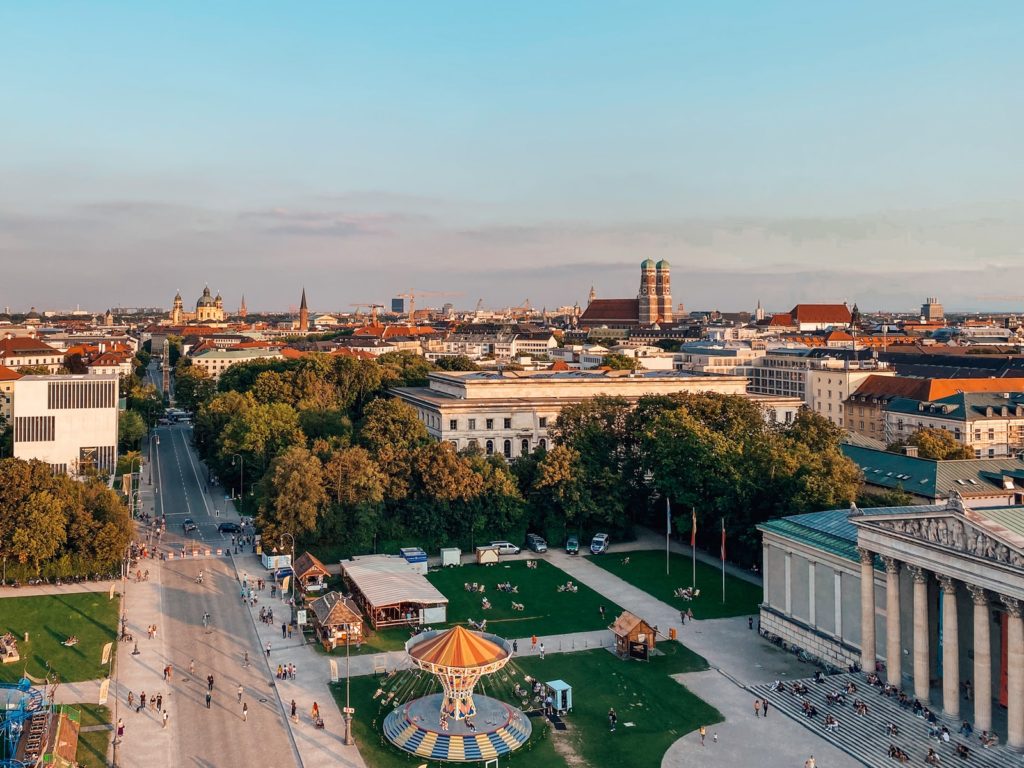
3. Neuhausen
Best for: Families, those who love open green spaces and suburban living, and anyone who is looking for more modern apartments.
The neighborhood of Neuhausen is one of the best places to live in Munich if you enjoy the quiet suburban life, yet this does come at a cost – it is seen as one of the most exclusive and expensive boroughs in Munich to live in. Although home to one of the largest parks in the city, Schlosspark Nymphenburg, many tourists fail to reach this Eden-like feature in Munich. Alongside the park, the famous Nymphenburg Palace gives a royal air to the whole neighborhood.
Neuhausen has a good mixture of older 19th-century homes, buildings on leafy streets, and the more modern highrise apartments. Whether you’re looking to settle in a four-bedroom home or find your perfect self-contained modern apartment, Neuhausen is a great choice.
The perfect blend of green suburban land and spacious residential streets, Neuhasuan is seen as one of the best areas to live in Munich, especially for families. The combination of fresh air, pleasantly built streets, and also good connections to the rest of the city means it meets lots of people’s criteria when settling in suburban Munich.

4. Westend
Best for: Hip neighborhood, prime residential area, close to Oktoberfest celebrations.
Westend, or Schwanthalerhöhe as it is often known, is located along the western stretches of central Munich. With around 30,000 people within an area just under one square mile, it is one of the city’s most densely populated neighborhoods. A former industrial area, the neighborhood has transformed over the past decade into one of Munich’s premier residential areas, feeling more like a mini town all on its own.
There is a real mixture of vibes in the Westend, from the laidback residential to the more commercial and pastime ventures. These include independent boutique shops, unique galleries, and intimate theaters. There is also an immigrant influence on the neighborhood, giving it a far more diverse and textured community.
The nearby Theresienwiese open space is also close to Westend. This is made famous by being the location where the annual Oktoberfest is held during late September and early October. Although not directly in ten the Westend neighborhood, the Theresienwiese is just over the district border and a short walk will take you to the center of the Oktoberfest celebrations.
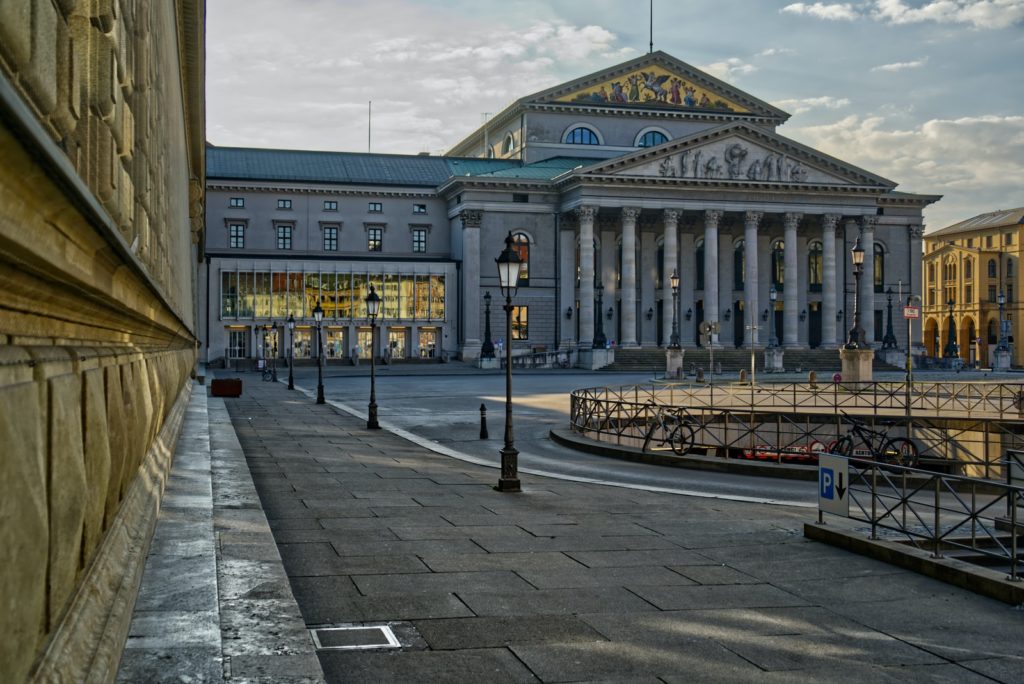
5. Giesing
Best for: Lower rent prices, close-knit communities, and village-like feel.
Once an independent town all on its own, the neighborhood of Giesing was incorporated into the city of Munich in the mid 19th century. A strong working-class area of south Munich, Giesing still retains this village-like feel in much of its streets. Its strong connection with the local football team TSV 1860 Munich is noticeable in Giesing, with their home games being played at the stadium within the neighborhood.
Alongside these strong traditions, Giesing has also become a booming multi-cultural district, with people from various different cultural backgrounds settling here. The relatively low rent and property costs in the Giesing neighborhood mean that it has also become a popular place for students and lower-income families.
There is an almost cult following among residents living in this Munich neighborhood, with many of its buildings, streets, and landmarks looked on as cultural mainstays and have been preserved. This makes it one of the more traditionally preserved neighborhoods in Munich.
Where this best seen is through the series of original craftsmen’s cottages from the 19th century along the Feldmüllersiedlung region of the neighborhood. These single-story houses, with low ceilings and tiny apartments above craft workshops and the narrow lanes winding in between them all, add something special to the district.

6. Schwabing
Best for: Those who enjoy the artistic and bohemian lifestyle as well as modern shopping.
The northeast neighborhood of Schwabing is Munich’s artistic quarter and has long been seen as the bohemian center of the city. Through this artistic sensibility, it is also seen as Munich’s social and creative hub, attracting artists and liberals who settle within the area. Schwabing is one of the best areas to live in Munich and is hugely popular with both locals and visitors.
Alongside the artistic and bohemian feel, Schwabing is also home to a number of the city’s more popular attractions. These include the idyllic Englischer Garten and the Schwabinger Bucht observation deck. Leopoldstrasse, Schwabing’s main street has bloomed into a fantastic place to shop. Here, the street is lined with fashionable stores, restaurants, and bars.
This perfect balance of historical bohemianism and modernity has made Schwabing one of the more fashionable and popular places to live in Munich. The neighborhood offers residents a real cross-section of the best of Munich, from its cultural and artistic ties to its modern shopping and sociable institutions.
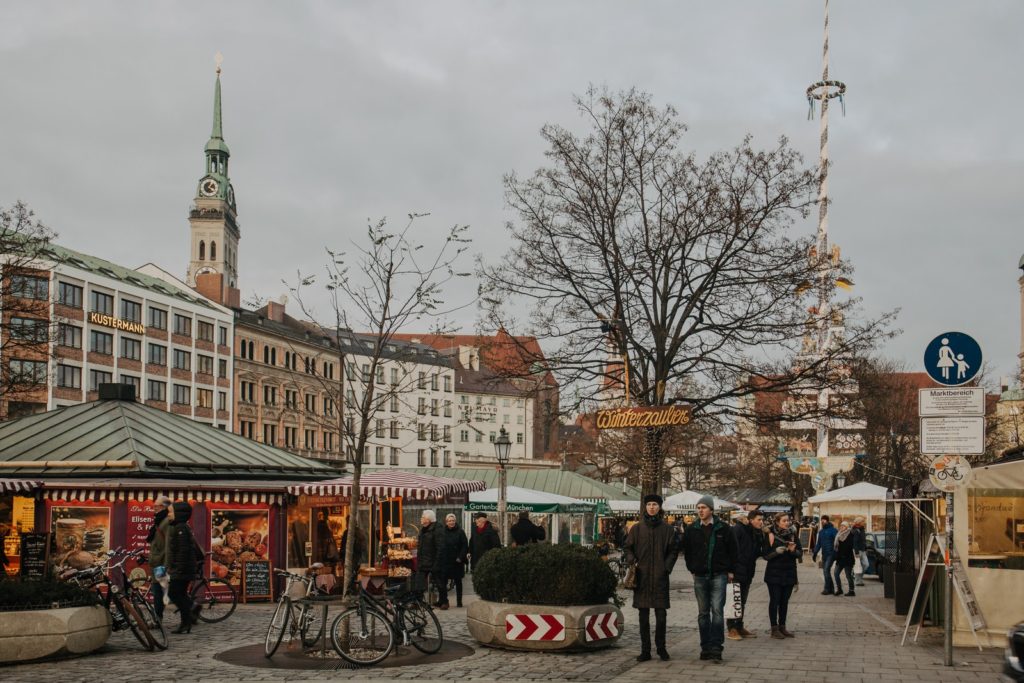
7. Glockenbachviertel
Best for: Top-of-the-line real estate, wider LGBT communities, fine dining, and evening life.
Glockenbachviertel is located southeast of the old city and has become one of the most well-known neighborhoods to outsiders visiting Munich. Formerly the home of the city’s Jewish community and millworkers, Glockenbachviertel is one of Munich’s most architecturally attractive areas, with numerous colored buildings.
Glockenbachviertel is known for being a liberal neighborhood, which in part stems from it being the center of the LGBT community for much of the 1980s. Although this still remains, the fashionable neighborhood has experienced a period of gentrification and has become one of the more affluent parts of the Bavarian capital.
The quiet, beautiful streets are lined with top restaurants, bars, and cafes, making it a fantastic place to come during the evening hours. The affluence and liberal expectation of the neighborhood all make Glockenbachviertel a popular place for settlers in Munich.
Those looking for top places to dine in the evening would be best to come to the Glockenbachviertel district. Everything from fine dining to independent restaurants makes Glockenbachviertel a foodie haven, whether you’re visiting or living in Munich.
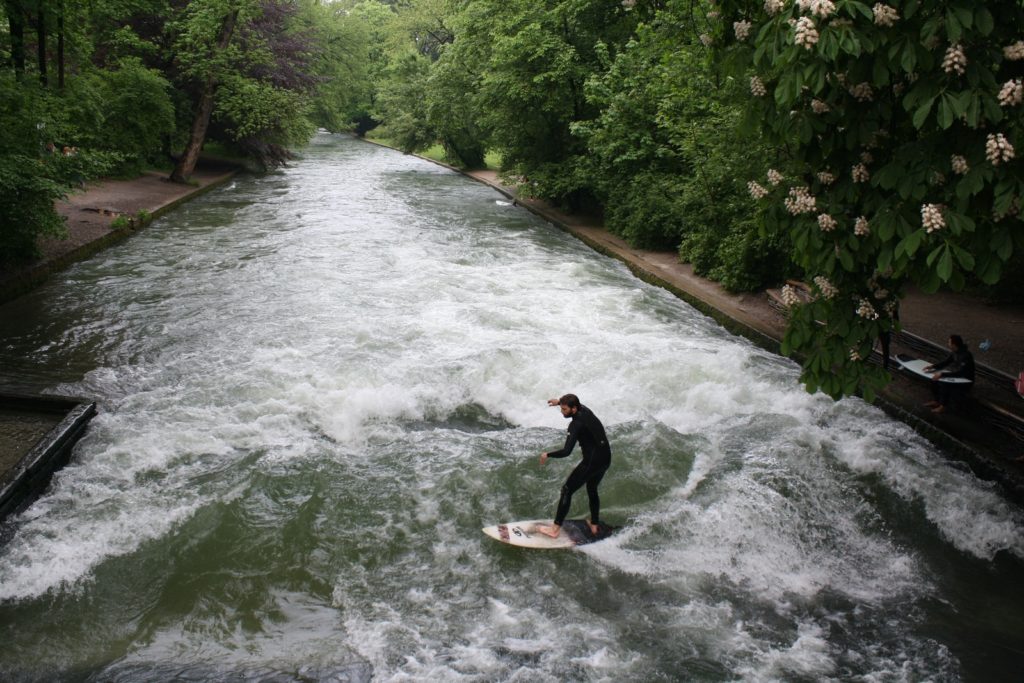
8. Haidhausen
Best for: Green riverside living, top nightlife spots, and attractive architecture.
One of the oldest neighborhoods in Munich is the district known as Haidhausen. Located on the eastern side of the river, close to the city center, Haidhausen has been transformed from a gritty city center neighborhood into one of Munich’s most trendy and stunning districts. Straddling the river banks, Haidhausen consists of waterside green and shady places, ideal for summertime drinking outside or basking in the sun-soaked riverside or afternoon picnics.
Further inland from the river, Haidhausen consists of numerous restaurants and bustling nightlife culture. This is twinned with cultural giants and premier performance venues such as the Gasteig cultural center, where the Munich Philharmonic orchestra performs; there is plenty to see and do during the day. With Munich’s huge reputation for good beer, Haidhausen is home to Paulaner Brauerei, one of the largest breweries in Munich.
Alongside the booming modern infrastructure and green spaces, Haidhausen is also a place where you can see much of Munich’s historic former inns. These buildings date back to the 18th and 19th centuries and have been beautifully restored. This mix of greenness, old inns, and German culture make Haidhausen a small microcosm of Bavaria as a whole.
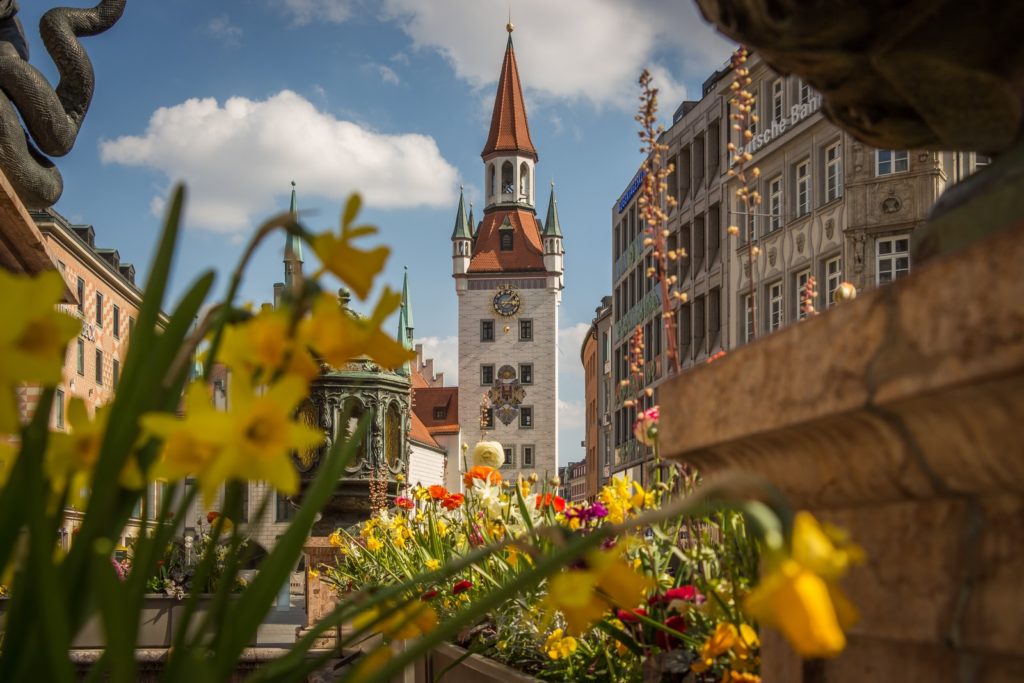
9. Bogenhausen
Best for: Those who wish for city and suburban living, open green spaces, and stunning buildings.
Regarded as one of Munich’s most prestigious neighborhoods and one of the largest, Bogenhausen takes up a huge swathe of the city’s northwest, sprawling from the inner city to the green, almost suburban countryside. Bogenhausen is seen as one of the most desirable places to live, especially around the Arabellapark region.
With narrow lanes, a suburban feel, and stunning modern buildings, the overall feel of Bogenhausen is one of real modern beauty. Iconic Munich landmarks such as the Villa Stuck Museum and the Angel of Peace monument stand side by side with small cafes, shops, and independent businesses.
The numerous parklands that makeup Bogenhausen allow you to really escape the hustle and bustle of inner-city Munich and appreciate some fresh air. Those who love to cycle through the Bavarian capital can take advantage of the neighborhood’s bicycle path by the river, leading you through the district. This route is added to by the fantastic graffiti art that covers the underpass.
Closer to the urban side of the neighborhood is the Prinzregentenbad, a pool that opens to water lovers and sunbathing residents over the summer months. During the winter, the pool is frozen and transformed into a popular ice rink, only adding to the popularity of this neighborhood.
From the art nouveau villas close to the riverbank to the almost rural farm like homes on the outer eastern edges, Bogenhausen has so many attractive choices when it comes to home here. It is no surprise that Bogenhausen is considered one of the best neighborhoods in Munich for healthy and stress-free living.
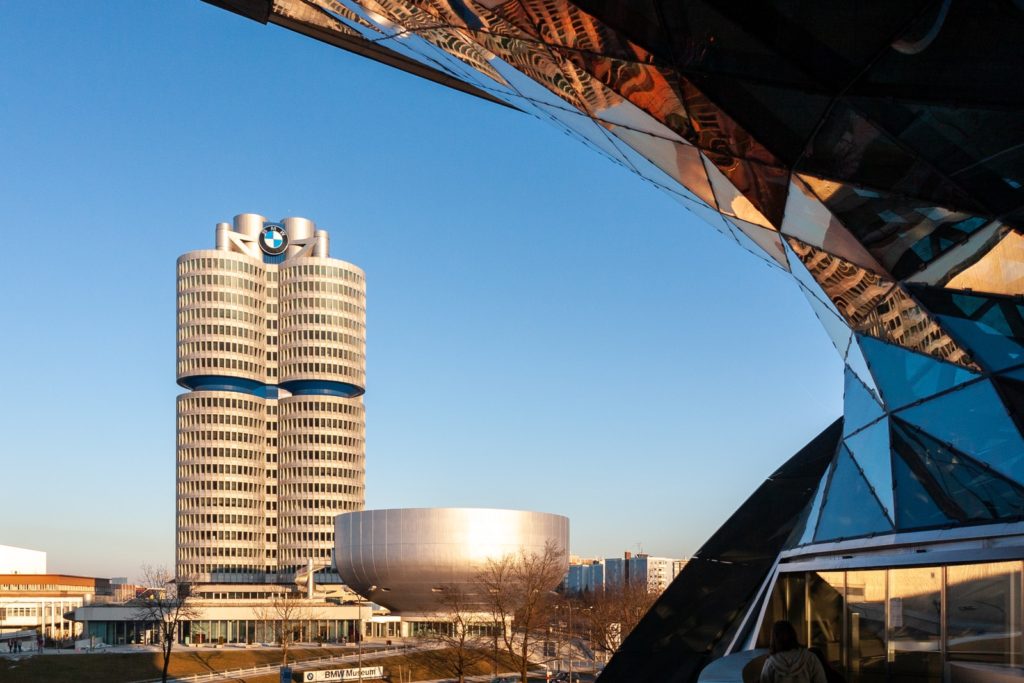
10. Ludwigsvorstadt & Isarvorstadt
Best for: Being close to the city’s main train station, multiculturalism, and the center of Oktoberfest celebrations
Ludwigsvorstadt & Isarvorstadt makes up the region southwest of the city center and is similar to Bogenhausen in the way it sprawls out from the city center and into the greener and less busy outer edges of southwest Munich. Ludwigsvorstadt & Isarvorstadt are so connected that they are often spoken about together in the same breath.
The neighborhood is a popular one in Munich, and for a good reason. To the north of the neighborhood is Munich’s main train station, Munich Central Station. This allows speedy connections to the rest of Bavaria and wider Germany. This means that those who are looking to spend their time between the Bavarian capital and elsewhere would do well to settle in the Ludwigsvorstadt & Isarvorstadt neighborhood of Munich. Alongside its great connections to the rest of Germany, Ludwigsvorstadt & Isarvorstadt also holds many other attractive reasons for settling in this area.
The biggest influx of people settling in Munich, and Germany as a whole, are people from Turkey. Ludwigsvorstadt & Isarvorstadt has become one of the most popular places in the city for this large Turkish population to settle. So much so that the region just south of the main railway station has been affectionately christened ‘Little Istanbul’. The merging of German and Turkish cultures here means that you can immerse yourself in a little bit of Anatolian culture.
Ludwigsvorstadt & Isarvorstadt also has the proud claim of being the location of the Theresienwiese. This open space is used as the staging ground for the famous Oktoberfest during the September and October months.
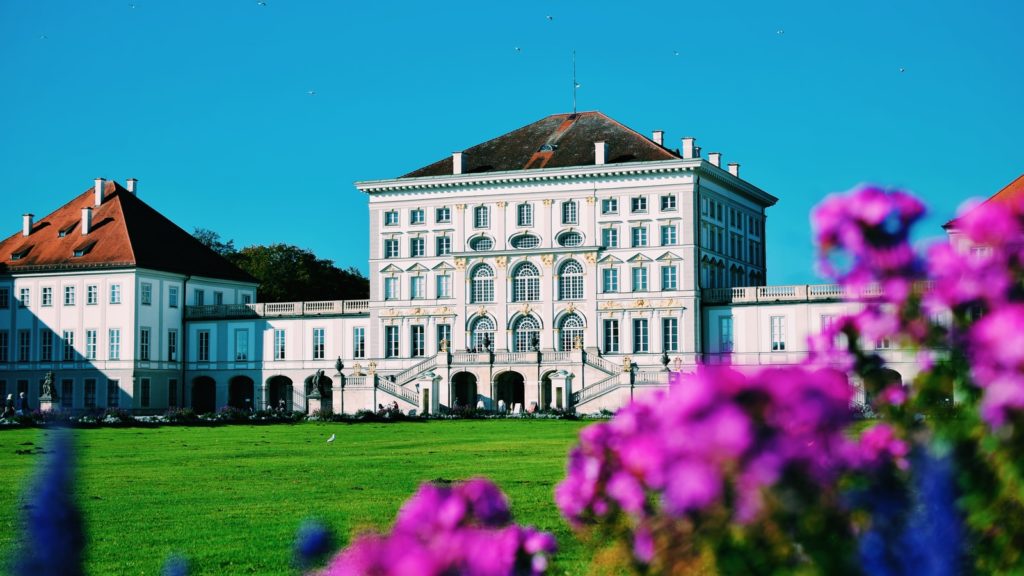
11. Berg-am-Laim
Best for: Affordable housing, a mix of greenery, local transport connections to the wider city, and a large expat community
To the far southeast of the city is the neighborhood known as Berg-am-Laim. Far enough away from the busy city center, Berg-am-Laim is a popular place for quiet living and has a sprawling residential nature. Berg-am-Laim was once the party capital of Munich and housed huge super clubs and a rowdy party atmosphere. Now, much of these places have been cleared to make way for affordable homes and more laidback living arrangements.
The Berg-am-Laim neighborhood is seen as a predominantly working-class area and this makes it one of the best neighborhoods in Munich for young families to live, without breaking the budget. Aside from the numerous German families living in the Berg-am-Laim neighborhood, it is also a favorite region for many of Munich’s expat communities. This community has grown around Berg-am-Laim, as the neighborhood has numerous international schools and affordable housing.
The ideal combination of residential housing, as well as swathes of greenery, is another popular point to make about Berg-am-Laim. The neighborhood is home to the München Ost train station, making getting around the city a breeze. This public transport system can get you to and from Berg-am-Laim, as well as the city center – ideal if you are working in the center of Munich.
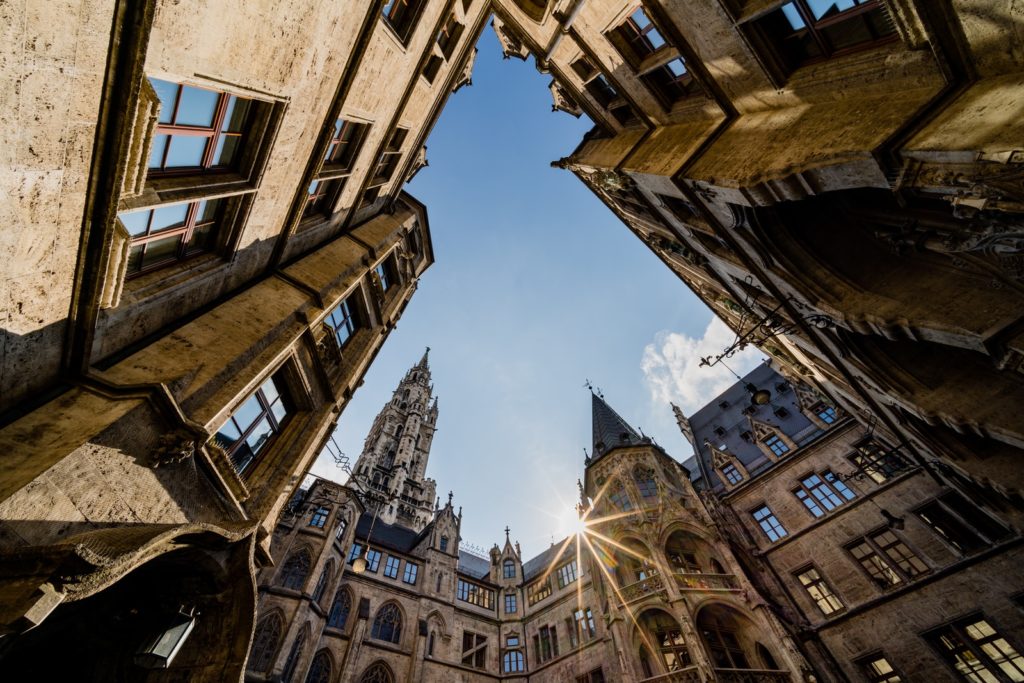
12. Garching
Best for: Those who want to be outside the inner city, students who attend the university, fans of Bayern Munich.
Garching, or to give it its full name, Garching bei München, is almost a small town all on its own. Located to the far north of the city, Garching is a suburban neighborhood in the truest sense and makes for one of the best places to live in Munich if you don’t want to be right in the thick of it, but still, wish to be close to the city.
A large university neighborhood Garching is perfect for those studying in Munich and has a large academic campus, housing a number of departments of the Technical University as well as the LMU. Away from the small built-up area, Garching has vast areas of greenery, farmland, and numerous river inlets running from the River Isar. These surroundings make it one of the most idyllic and picturesque neighborhoods in the outer Munich area.
The football fans amongst you may choose to stay or live in the Garching neighborhood, as it is extremely close to the Allianz Arena, home to one of Germany’s most successful teams, Bayern Munich.
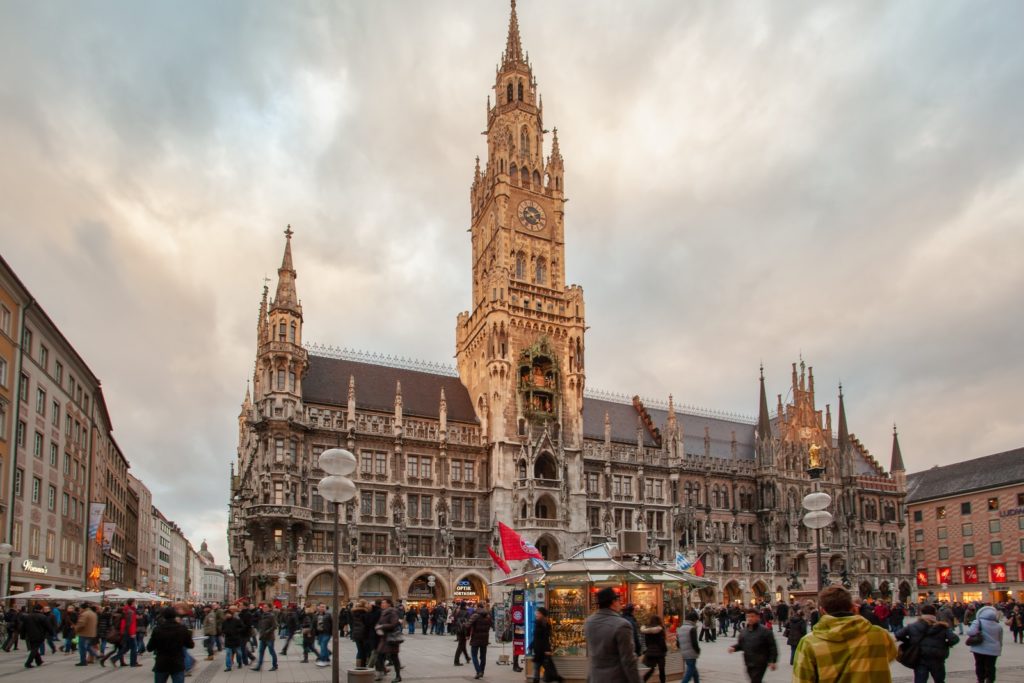
Conclusion
As you can see, the Bavarian capital of Munich is one that has a wide range of neighborhoods to find rentals. These neighborhoods and districts cover everything from the traditional expectation of a Bavarian city to ones that illustrate how this southern German city is at the forefront of European modernity.
Munich as a whole is a modern and industrious city that has not fallen into the trap of forgetting its roots. These roots exist in the more obvious historic landmarks, buildings, and streets. Yet, they also exist in the preservation of green spaces, parks, and idyllic suburban developments.
Finding the best places to live in Munich or even the best areas to live in Munich essentially comes down to personal preference. Each of the inner city neighborhoods offers a sense of cosmopolitanism and even Bavarian idealism, perfect for those who love central city living. The outer ringed neighborhoods bring with them a more modern and laid back feel, connected to the ever-developing south German city.
Whichever Munich neighborhood you choose to visit or settle in, you can be rest assured that you will be present in a vibrant European city, connected seamlessly to its textured past and exciting future.
Finding apartments in Munich that meet your requirements






















